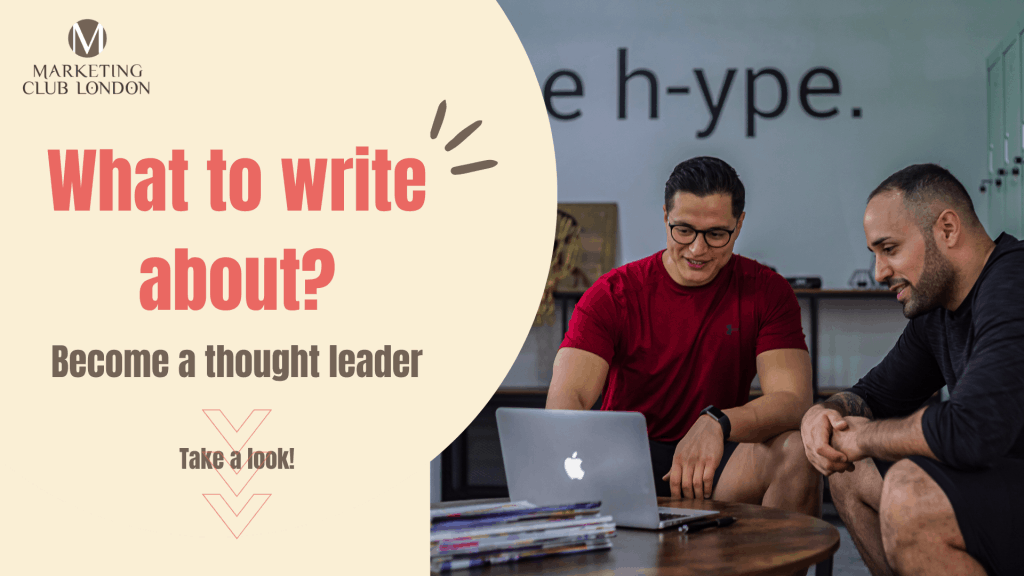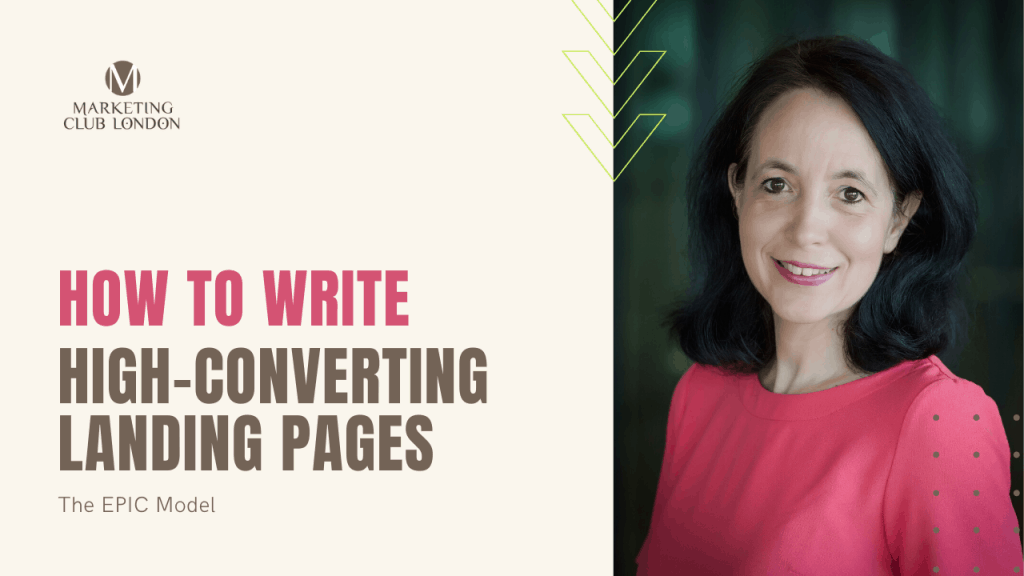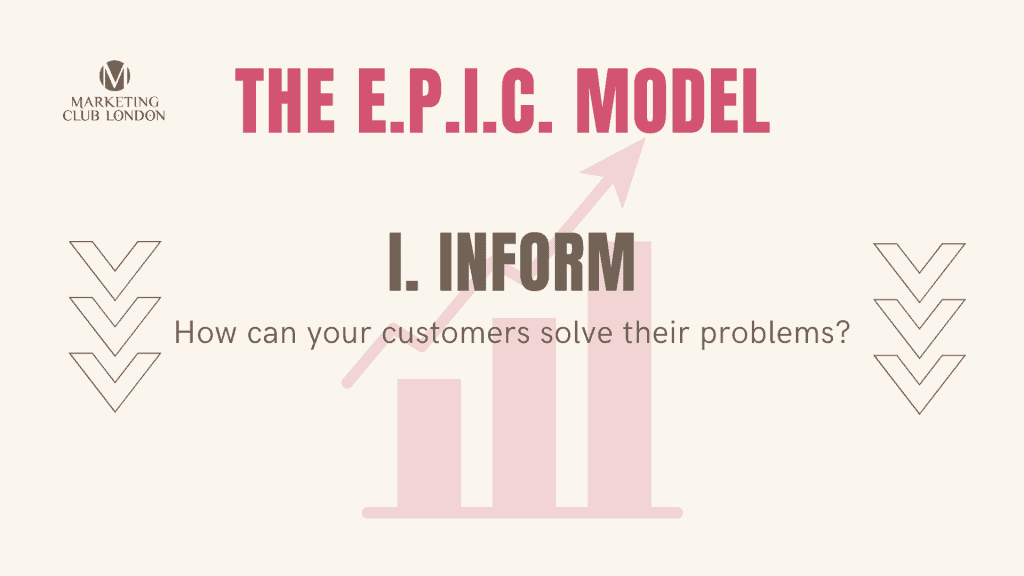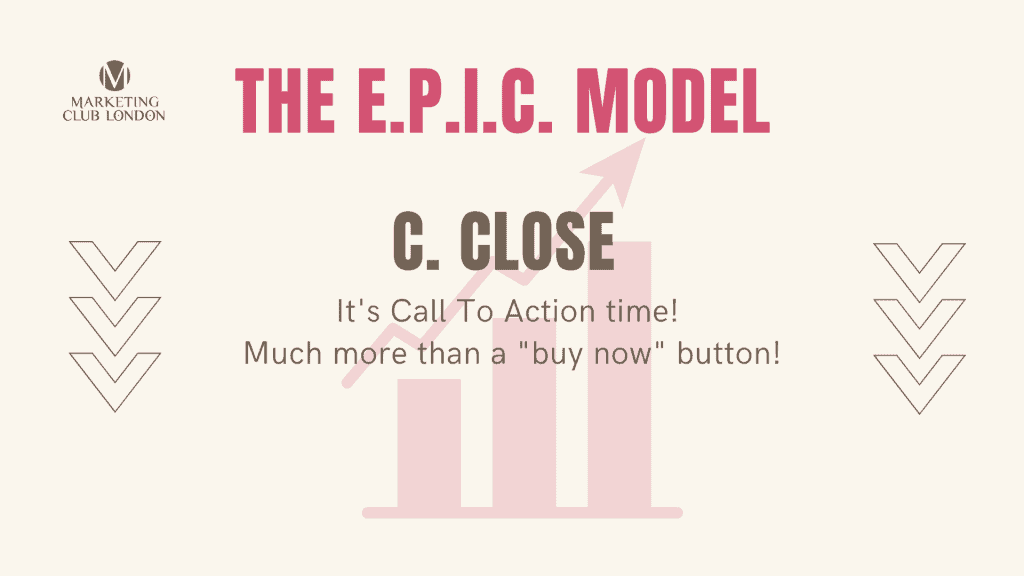Writing for social media

Writing for social media: everyone does it, right? But when you do it as a business, it’s a little bit more complicated than just posting something that I like. In the business world, writing for social media doesn’t only mean sharing stuff, but also networking with clients, potential clients, partners, and potential partners, with the purpose of eventually making business. (You can find the video version os the article at the bottom of the page.)
This may take talent, creativity, focus and a deep understanding of your audience. Every social post you publish reflects on your brand and that’s why it’s important to write well on social media. You need to be able to cram as much value into as few words as possible. You also have to be consistent and engaging at all times.
So, the question is, how to do that?
In this blog post, I will deal with some concepts to keep in mind when you write on social media. I will talk about
- the types of reader personas,
- the variety of posts,
- which type of leader you could be,
- the structure of a post, and, finally,
- I will show you what a content cube is.
No worries if it sounds harder than you thought, with a little practice and paying attention to the right stuff you will be great! Reading these clarifications and tips, you will be amazed at how much more confident you will be and how clearer and more effective you’ll write.
Let’s get started!

Obviously to your buyer personas; to the ideal person, you would like to read your post. In this case I am referring to a reader avatar and what you have to do is to imagine what that reader thinks while they are reading your posts.
Nevertheless, I would like to share with you four specific categories who you should talk to when you are writing on social media:
- Clients: those with whom you have already built a relationship. You should help them understand your services better, suggest which product suits them better, share insights and make them feel good for having chosen your company. 9This also helps them bring you referrals.)
- Prospective clients: people who are interested in your service. Prospective clients really want something that you offer, but they are on the fence. That’s why, in this case, you should help them make their decision through your posts. But what can you write about? Talk about your background and philosophy, post about what to consider, what mistakes they could make, and about the processes in the industry. These posts help a lot because if your customers see that you are open, trustworthy, and honest they will be more likely to choose you.
- People who are not aware of the problem: those who could be great prospective clients. Through your article they will find out exactly what they need, so you have to help them recognise the problem. In this case you can use different tools like listicles or case studies in which you show what the original problem was, how you solved it and what the transformation/result was.
- People who are resistant to what you offer, but they would need it. They might have had a bad experience with a competitor of yours and lost trust. In this case, help them understand better because they might have misbeliefs. Moreover through the stories of your company, people can see how you manage problems, mistakes and bad experiences.
Smart tip: have a really balanced content writing strategy! The beauty is that whatever you write to any of the categories it will be well received also by the others.
The next step is to use a variety of content categories:
Educative content pieces are always a good choice because this is how people will see your expertise after reading your posts.
Entertainment really works! Enrich your posts using interesting quotes, curiosities and news. Don’t forget to have fun; if you work with passion it will be noticed and results will arrive!
Mission-based posts Stories, interviews, and “behind the scenes” content pieces are powerful weapons. Exciting facts about your company, but also about clients, your team, your products, partners, and so on, are really appreciated by your readers because these make you unique.
Customers’ stories: Remember that it is not about your previous customers or about your company, but prospective clients have to see themselves there. How? Using case studies and, above all, testimonials.

Or, better, what readers want to read about?
In order to discover that you can choose one of these two solutions: you can simply ask them or you can use a couple of platforms. Personally, I recommend tools like Buzzsumo; useful to identify what people read about a specific topic or keyword, Quora; which allows you to find out which are the most asked questions about a specific agent, and AnswerThePublic.
Since I am talking about questions: How can I become a thought leader?
Daredevil , mentor, guru, geek and helper are all different profiles of leaders; but each of them have the same goal: to be unique and to have their voice. Writing information that everybody says doesn’t work. You have always to formulate your own opinion and thoughts talking about, for example, dishonest competitors, clients’ misbehaviours and misunderstanding, anomalies, frauds and frustrations in the industry.
Let’s understand better which leader’s type you can be:
- The Daredevil is always there; it is a very outspoken person with a very strong opinion.
- The Mentor helps you doing something by supporting you as much as possible
- The Guru is very popular and gives you a lot of motivation
- The Geek focuses on processes, theory, tools and rules
- The Helper, finally, helps you do your stuff or solve a problem
Choosing the right leader’s type comes, obviously, from your personality, don’t try to be someone you are not.
Smart tip: You can also have a combination of those

Again, excitement is essential. So, don’t worry about the length, but rather about the excitement.
I really recommend you to start with titles, headlines or first sentences just because people use to scroll pages and having reference points allows your readers not to get lost among information and posts. You can also use subheadlines and very short blocks; this will really facilitate the reading.
Remember to put things into context: what you are talking about and why has always to be clear.
Here too emotions are really important. They could be positive or negative, it doesn’t matter, what counts is that you don’t have to be afraid of evoking some strong emotion in your readers; they will be very impressed!
Finally, don’t forget to close your post with a call-to-action or a question. This will help your reader to get involved by doing something, reading more, answering or getting in touch with you.
Scheduling: use a Content cube!
This method is really useful to plan your content strategies and calendar. In this cube, you will put different types of content (education, story, offer, testimonial) and tools like texts, photos, videos, or slides. By using this technique it will be easier to avoid repetitive posts and to decide which tools will suit better with a specific content and platform.

Smart tip: Reusing contents is not forbidden, do it!
And that’s it! I am completely aware of the fact that the world of social media is massive and looks like it requires a range of skills. Becoming a great and successful social media content writer may take time, but I am really confident that with a little practice you will surely achieve your goals.
The article is based on the below video, you can watch it now.
__________________________________________________________________________________________________________________________________
This article was written by the Francis Cooper team based on 21 years of experience in marketing and copywriting. If you’d like to practice the above at a copywriting workshop, and write your own high-converting landing pages, email tk@franciscooper.com.





